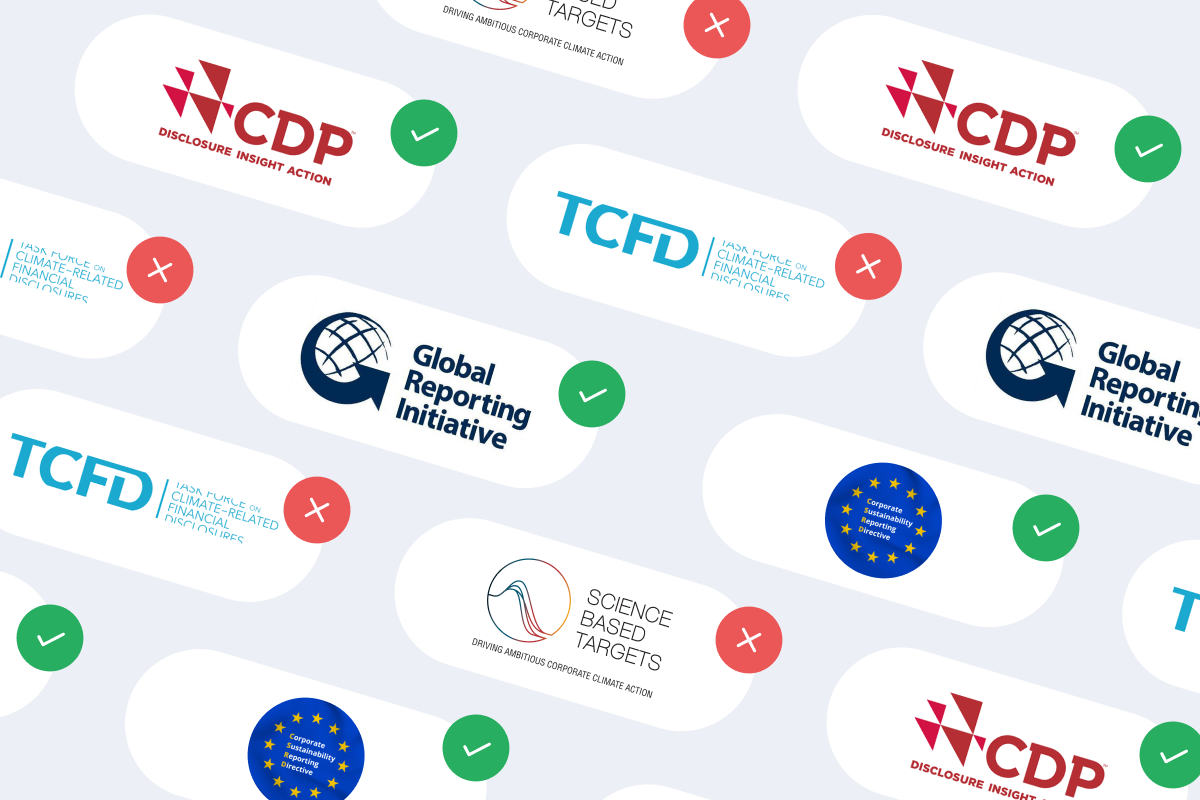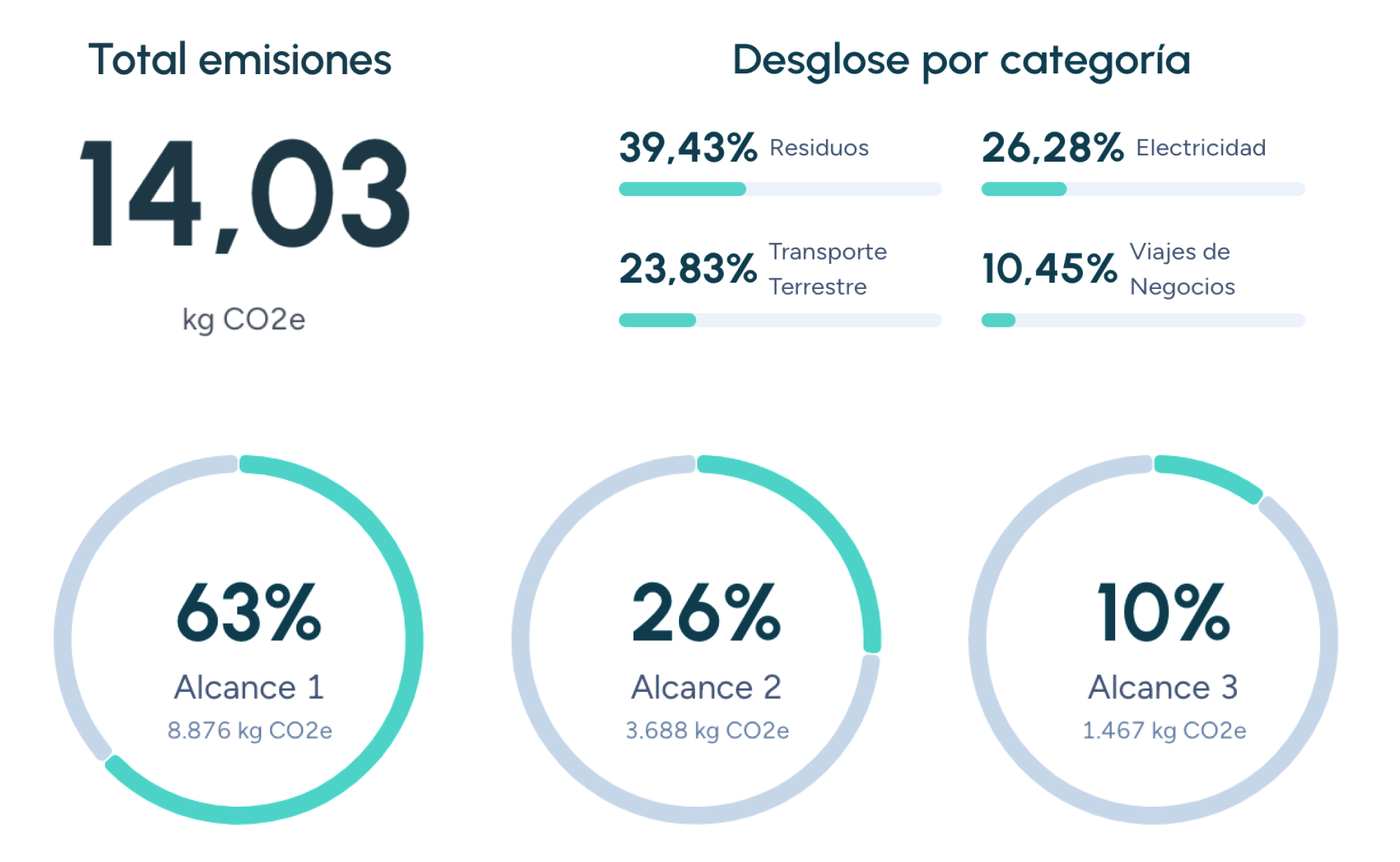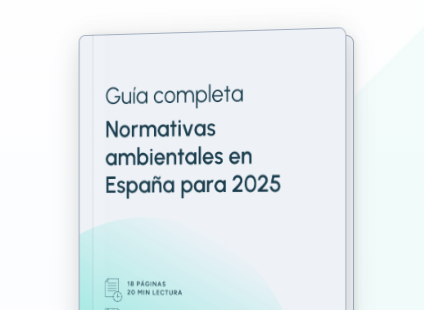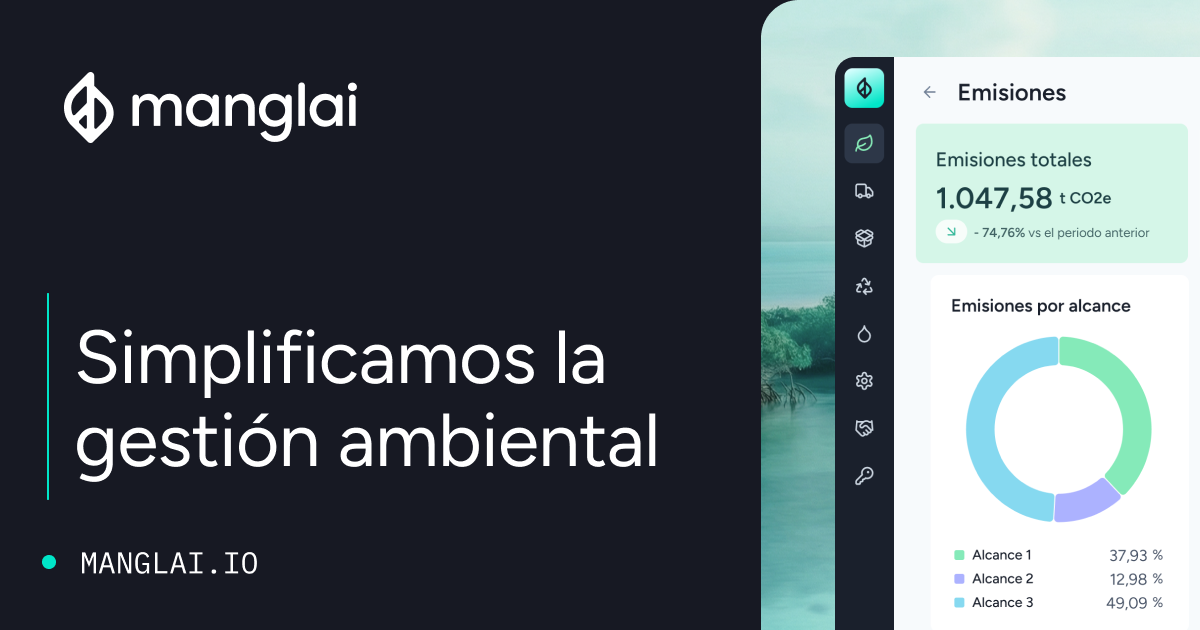P
PAS 2050
PAS 2050 (Publicly Available Specification 2050) is a British specification published by the British Standards Institution (BSI) in 2008 and updated in 2011. It provides a standardized method for assessing the product carbon footprint across its entire life cycle, from raw material extraction to end-of-life.
It was the first methodology of its kind and served as the foundation for later standards such as ISO 14067 and the GHG Protocol Product Standard.
Scope and Key Principles
- Cradle-to-grave approach: covers all stages — raw material extraction, manufacturing, distribution, use, and disposal.
- Global equivalence: results are expressed in kg CO₂e per functional unit.
- Modular approach: allows exclusion of life-cycle stages contributing ≤ 1 % to total emissions, provided exclusions do not exceed 5 % overall.
- Data period: requires primary data representative of at least 12 months of activity.
Application Process
- Define the functional unit and system boundaries.
- Collect activity data and emission factors (e.g., from Defra or IPCC databases).
- Compile the GHG inventory, including relevant Scopes 1, 2, and 3.
- Conduct internal review and, optionally, third-party verification.
- Report or label results, for example through the Carbon Trust certification scheme.
Advantages
- Pioneering framework: established early consensus on product carbon footprinting.
- Flexibility: modular approach enables focus on the most significant life-cycle stages.
- Compatibility: results can be integrated into ISO 14067 studies or Environmental Product Declarations (EPDs).
Limitations
- Not an international standard: some markets prefer ISO 14067 for global alignment.
- Outdated factors: emission data and calculation methods require regular updates.
- Comparability issues: different modular exclusions can bias product comparisons.
Examples of Application
- Food sector: dairy and beverage brands have used PAS 2050 to assess and communicate product footprints on supermarket labels.
- Electronics: applied in early assessments of smartphone footprints prior to migration to ISO 14067.
PAS 2050 remains a historical and practical reference for organizations beginning to measure product carbon footprints. It offers a consistent and structured methodology, fully compatible with more recent and internationally recognized standards.
Companies that trust us

AWARE (Available Water Remaining)
AWARE is a Life Cycle Assessment (LCA) characterisation method that weights the impact of water consumption according to the residual water availability in the local basin.
B Corp Certification
B Corp Certification is a global standard that validates companies for their commitment to sustainability and social responsibility, promoting practices that reduce carbon footprints and create a positive impact on society and the environment.
CBAM: EU Carbon Border Adjustment Mechanism
Analyse how the EU taxes imports according to their carbon footprint, the sectors affected, and the steps companies must take to prepare for 2026.
Guiding businesses towards net-zero emissions through AI-driven solutions.
© 2025 Manglai. All rights reserved
Política de Privacidad


